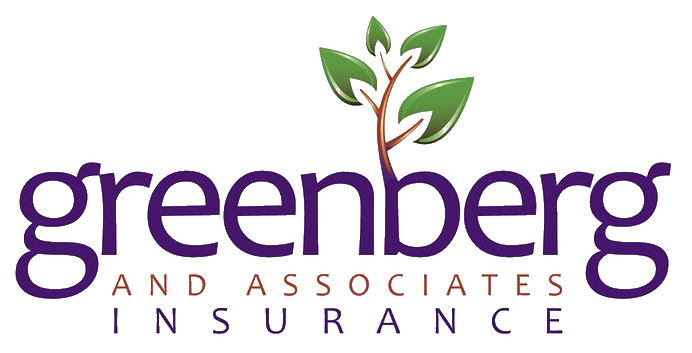NAHU Small Business Tax Credits Attachment
2010 April 12 – NAHU Small Business Tax Credits Attachment
SMALL BUSINESS TAX CREDITS
IN THE PATIENT PROTECTION AND AFFORDBLE CARE ACT
Under the Patient Protection and Affordable Care Act (PPACA; P.L. 111‐148) small businesses that choose to provide health insurance could be eligible for a credit toward their cost of health insurance. Though certain businesses may be exempt from any employer responsibility to provide health insurance or any penalties for non‐compliance, the new law would offer an incentive to small businesses by helping pay for their employees’ coverage through a tax credit toward the purchase of health insurance.
Eligibility
The new small business tax credit is effective for amounts paid or incurred after December 31, 2009, and applies for the determination of AMT credits after that date and their carry back. It is not restricted to those with a tax liability. Small businesses that currently provide health care for their workers could receive immediate help with their premium costs, and additional firms that initiate coverage this year could receive the tax assistance.
To be eligible, small employers would have to contribute at least 50% of the cost of premiums towards a qualified health plan (or 50% of a benchmark premium). Small businesses with 10 or fewer full‐time employees and with average taxable wages of $25,000 or less could claim the full credit amount. §1421(a): IRC §45R(a) and (d) as amended by §10105.
- In addition to business size (full credit for 10 or fewer employees/ tiered credit for 11‐25 employees), the credit is also linked to the average wage of employees. A small business must pay their workers $25,000 or less in order to qualify for the full credit. The amount of the credit is tiered for those with workers making up to $50,000. An employer paying average taxable wages above $50,000 is not eligible for the tax credit.
Employers will not be eligible to use the credit for certain employees, including defined “seasonal workers,” self‐employed individuals, 2 percent shareholders of an S corporation (as defined by section 1372(b), 5 percent owners of a small business (as defined by section 416(i)(1)(B)(i)), and dependents or other household members. However, leased employees are eligible employees for the credit. §1421(a): IRC §45R(e). The self‐employed are eligible for the individual premium assistance available in 2014 if they meet the income requirements (individual making below $43,320 or family of four with income below $88,200.)
Non‐profit organizations would be eligible. The credit amount would be the lesser of (1) a 25% credit (2010–2013) and a 35% credit (beginning in 2014), or (2) the amount of employer‐paid payroll taxes (including the Medicare contribution) for the relevant calendar year. §1421(a): IRC §45R(f)and (g) as amended by §10105
Employers receiving credits will be denied any deduction for health insurance costs equal to the credit amount.
Credit Amount & Duration
A 35% credit (in years 2010‐2013) and 50% credit (beginning in 2014 for no more than two consecutive taxable years) is offered for employer costs for the lesser of (1) the employer premium contribution toward plans offered by the employer through an exchange, or (2) the contribution the employer would have made if each of those same employees had enrolled in a qualified health plan with a premium equal to the average (determined by the HHS Secretary) for the small group market in the rating area in which the employee enrolls for coverage. To avoid an incentive to choose a high‐cost plan, an employer’s eligible contribution is limited to the average cost of health insurance in that state. (For 2010‐2013, “average” would be determined by the Secretary based on the average premium for the small group market in the state, or area in the state, in which the employer offers health insurance). §1421(a): IRC §45R(b) and (g) as amended by §10105
The tax credit phases out as average employee compensation increases from $25,000 to $50,000 and as the number of full‐time employees increases from 10 to 25. Full‐time employees would be calculated by dividing the total hours worked by all employees during the tax year by 2,080 (with a maximum of 2,080 hours for any one employee). Seasonal workers would be exempt from this calculation. Average annual wages would be determined by dividing the aggregate amount of wages paid by the employer by the number of full‐time‐equivalent employees, for the taxable year. §1421(a): IRC §45R(c) and (d) as amended by §10105 The average wage threshold for determining the phase‐out of credits will be adjusted for inflation after 2013.
Firms can claim the credit for 2010 through 2013 and for any two years after that.
To continue receiving a tax credit in 2014, a small employer must drop their existing coverage and purchase group coverage in the newly created Exchanges.

